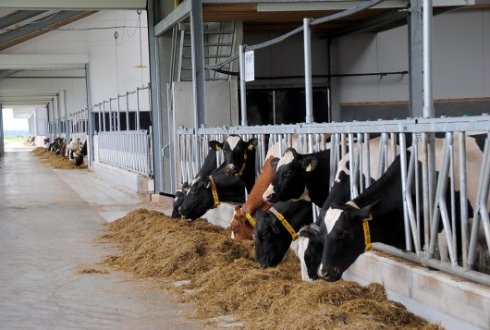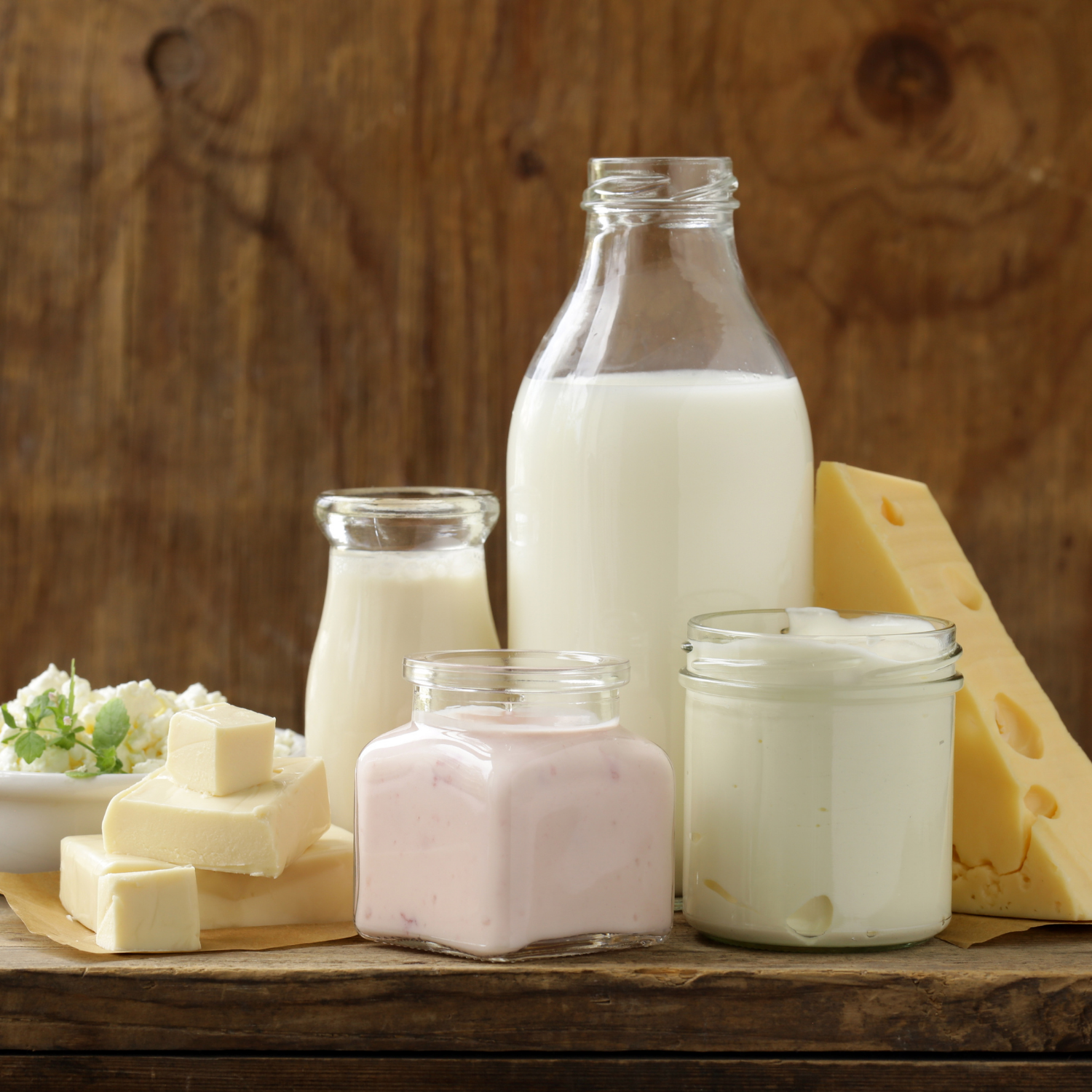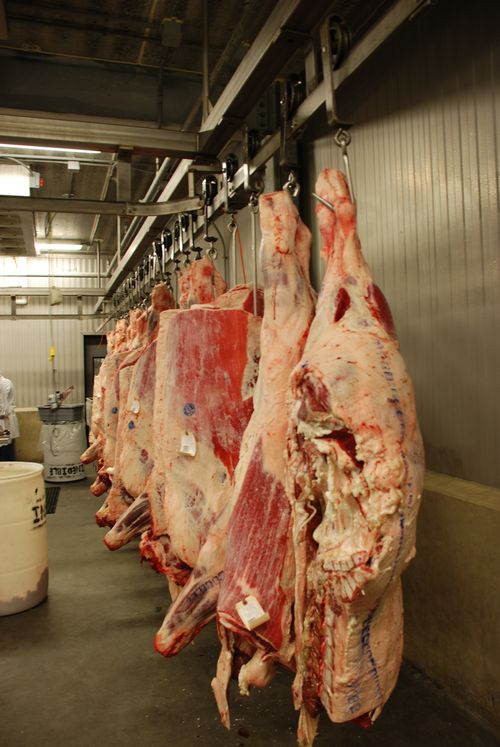



Weekly beef and dairy digest: US beef exports slip and dairy volumes falter
The US beef and dairy industry begins to regain its footing after devastating winter storms last week.US beef exports slip in latest week
US beef net sales of 8,500 metric tonnes (MT) reported for 2021 were down 63% from the previous week and 66% from the prior 4-week average.
Increases primarily for South Korea (3,800 MT, including decreases of 500 MT), Japan (3,100 MT, including decreases of 300 MT), Mexico (700 MT, including decreases 100 MT), Canada (500 MT), and Taiwan (300 MT, including decreases of 100 MT), were offset by reductions primarily for China (1,000 MT). Exports of 15,100 MT were primarily to South Korea (4,800 MT), Japan (3,900 MT), China (1,900 MT), Mexico (1,300 MT), and Taiwan (1,000 MT).
USDA’s weekly dairy report
Fluid milk
Milk production is steady to rising across much of the country. However, major winter storms wreaked havoc across parts of the United States; hardest hit were Texas and the Pacific Northwest. Milk production and manufacturing demand are unbalanced as frigid temperatures, heavy snows, and freezing rains resulted in power outages, staff shortages, and hauling delays.
Industry contacts report milk dumping in the South Central part of the United States and Pacific Northwest. Milk is plentiful, and despite weather disruptions, processing facilities are staying busy. Condensed skim markets are steady. There is plenty of condensed skim milk available for drying. With an abundance of cream, butter production remains robust and some cream cheese and ice cream makers are increasing production. F.O.B. cream multiples are 1.00-1.24 in both the East and Midwest and 1.00-1.21 in the West.

Dry products
Non-fat dry milk prices are steady to lower across the country. Production is strong as processors are running heavy amounts of condensed skim through the dryers. Prices for dry buttermilk are mixed in the Central and East, but steady in the West. Buttermilk powder production is sporadic, with non-fat dry milk taking most of the dryer time.
Dry whole milk production is focused on contractual needs, and prices are steady to higher. Dry whey prices in both the West and Central regions increased, while dropping slightly in the East. Whey producers suggest they do not have much extra whey to offer on the spot market. Export buyers remain interested. The price range for whey protein concentrate 34% is unchanged. Production remains steady but falls short of industry demand for whey proteins.
USDA’s weekly US dairy retail report
US dairy retail advertisement totals decreased 5% in the conventional sector, although organic dairy ad totals increased 42% this reporting week. Conventional ice cream, in 48-64oz containers, was the most advertised dairy item this week, with an average price of $3.17, up 18 cents from last week.
Organic milk, in half gallon containers, was the most advertised organic item. The national weighted average advertised price for conventional butter in 1-pound packaging is $3.27, up 4 cents from last week. The weighted average price of conventional 8 oz block cheese is $2.41, compared to $2.61 last week. In half gallon containers, the weighted average price of conventional milk was $2.64, compared to $3.59 for organic milk, an organic premium of $0.95.

Annual 2020 US milk market summary report
During 2020, 137.8 billion pounds of milk were received from Federally pooled producers. This volume of milk is 12.2% lower than the 2019 pooled volume. Regulated handlers pooled 43.8 billion pounds of producer milk as Class I products, down 0.5% when compared to the previous year.
The all-market average Class utilization percentages were: Class I = 32%, Class II = 14%, Class III = 24%, and Class IV = 30%. The weighted average statistical uniform price was $16.12 per cwt, $1.23 lower than 2019's $17.35.
International dairy market news
News from Western Europe
Siberian winds blowing through Germany, France, Italy and other countries brought extremely cold weather, lots of snow, and ice. Some milk was dumped because milk haulers could not move it from farms to plants. Being assessed for exceeding quota levels has prompted some dairy producers to take steps to curtail production increases. In the immediate future this is expected to lead to tighter supplies of butter, SMP, and WMP. COVID-19 control measures are cited for recent slowing of dairy product cross border movements within the EU.
Eastern European overview
During calendar year 2020 Russian imports of butter increased 6% according to Trade Data Monitor as reported by Eucolait. Imports of cheese increased 15%. Dairy powder imports decreased, SMP -31%. WMP -33%, and whey -17%.

Oceania's dairy markets
Australia: July - December 2020 seasonal milk production in Australia, increased 0.7% from July - December 2019, according to Dairy Australia. December 2020 milk production, 846 million litres, decreased 2.0% from December 2019. Calendar year 2020 milk production increased 2.8% from calendar year 2019.
New Zealand: The New Zealand dairy industry has recently increased efforts to export fluid packaged milk to China. This upends the expectation that dairy exports are typically manufactured dairy products. While China continues to make efforts to increase dairy production internally, the demand in China for fluid milk has expanded. The profitability of exporting fluid milk for New Zealand dairy producers is very attractive.
Read Jim Wyckoff's analysis of the global swine industry on The Pig Site and see his updates on the poultry industry on The Poultry Site.
TheCattleSite News Desk
IMPORTANT NOTE: I am not a futures broker and do not manage any trading accounts other than my own personal account. It is my goal to point out to you potential trading opportunities. However, it is up to you to: (1) decide when and if you want to initiate any traders and (2) determine the size of any trades you may initiate. Any trades I discuss are hypothetical in nature.
Here is what the Commodity Futures Trading Commission (CFTC) has said about futures trading (and I agree 100%): 1. Trading commodity futures and options is not for everyone. IT IS A VOLATILE, COMPLEX AND RISKY BUSINESS. Before you invest any money in futures or options contracts, you should consider your financial experience, goals and financial resources, and know how much you can afford to lose above and beyond your initial payment to a broker. You should understand commodity futures and options contracts and your obligations in entering into those contracts. You should understand your exposure to risk and other aspects of trading by thoroughly reviewing the risk disclosure documents your broker is required to give you.




